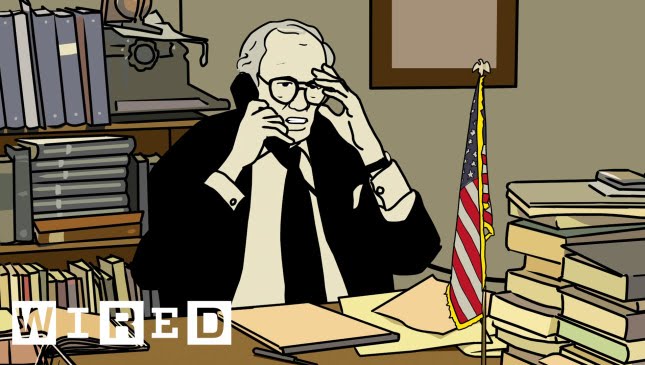Understanding Counterfeit Money: A Q&A with Experts
Summary
Counterfeit money is a significant weapon of sabotage, and the role of Secret Service is to suppress counterfeit currency and ensure that such bills do not circulate through the US economy. Every Federal Reserve note incorporates certain security features like colored fibers, watermarks, embedded images, and serial numbers. The purpose of these security features is to ensure that the country’s financial system is not destabilized by the manufacturing of counterfeit currency. This Q&A with experts in the field provides details on detecting counterfeit currency and understanding its role in history.
Table of Contents
- What is counterfeit currency, and how does it pose a risk to the US economy?
- What role does the Secret Service play in detecting counterfeit currency?
- How have counterfeiters attempted to undermine the US dollar in history?
- What are the security features in place in the Federal Reserve notes?
- How can one detect counterfeit currency?
Introduction
Counterfeit currency is a significant issue across the world, posing a risk to the economies of nations. For the US, counterfeit currency is a significant weapon of sabotage, and Secret Service has worked tirelessly to suppress its production and circulation in the economy. This Q&A with experts provides details on detecting counterfeit currency, its role in history, and the security features incorporated into the Federal Reserve notes.
Q&A
What is counterfeit currency, and how does it pose a risk to the US economy?
Counterfeit currency is fake money that is produced in such a way that it appears to be genuine currency. Counterfeit currency poses a risk to the economy because it can destabilize the country’s financial system. It would undermine confidence in the financial system of the nation and cause a financial crisis. A single counterfeit bill can destabilize the whole system by putting people on the alert and forcing merchants to check every bill that they handle.
What role does the Secret Service play in detecting counterfeit currency?
The Secret Service is responsible for preventing the production and circulation of counterfeit currency. They have the responsibility of ensuring that the counterfeit bills do not circulate in the US economy. To achieve this goal, they have put in place certain security standards that are inherent in every bill, which include watermarks, serial numbers, and embedded images. Counterfeit bills often lack these unique features or are poorly imitated, which allows the Secret Service to detect and confiscate them before they can be circulated in the economy.
How have counterfeiters attempted to undermine the US dollar in history?
In the past, counterfeiters have attempted to counterfeit US currency as a way of weakening the US economy. During World War I, Hitler and the Nazis forced Jewish artisans to create counterfeit currency to attempt to destabilize the US dollar globally. Similarly, during the Civil War in the US, the Confederate Army printed counterfeit currency and distributed it in the North, which resulted in the formation of the US Secret Service.
What are the security features in place in the Federal Reserve notes?
Each Federal Reserve note incorporates several security features that make it difficult to counterfeit, including watermarks, embedded images, serial numbers, and colored fibers. Each watermark is printed into the paper itself and embedded into the fiber to create an imprint that is not a print. There is also optical varying ink embedded into the bill that changes color as the bill moves. Micro-printing is also embedded in the genuine plate, meaning that photocopying the bill will produce only straight lines and not the fine detail of the original.
How can one detect counterfeit currency?
One can detect counterfeit currency by examining the features of the bill like watermarks, embedded images, serial numbers, and colored fibers. The presence of watermarks, serial numbers, and colored fibers help to identify a genuine bill. Additionally, optical varying ink is used to create image-shifting ink that changes color as the bill moves, and this feature is present in every bill. Micro-printing is also present in every genuine Federal Reserve note, and it is embedded in the genuine plate in fine detail. Counterfeiters often lack these features, and their bills will show irregularities like the absence of Federal Reserve Bank locations or the lack of a specific serial number sequence.
Conclusion
Counterfeit currency is a risk to the US economy and the financial systems of other nations. To prevent this risk, the Secret Service has put in place various security measures, including watermarks, serial numbers, and embedded images. The presence of these security features is necessary to prevent counterfeiters from undermining the credibility of the US financial system. Understanding the security features present in Federal Reserve notes is critical in detecting counterfeit currency, which would prevent it from destabilizing the US financial system.







